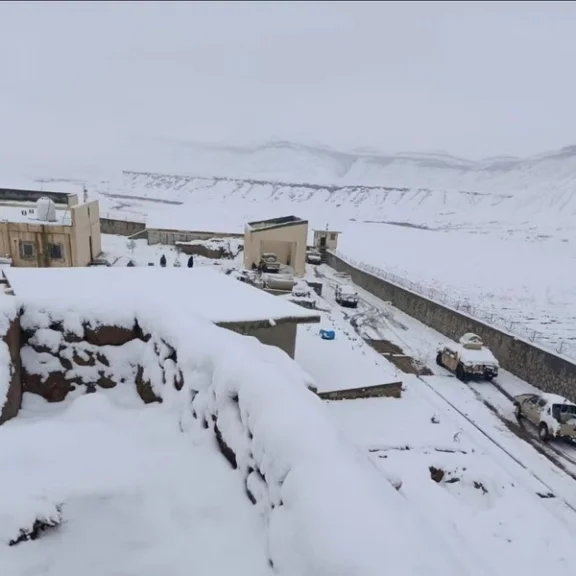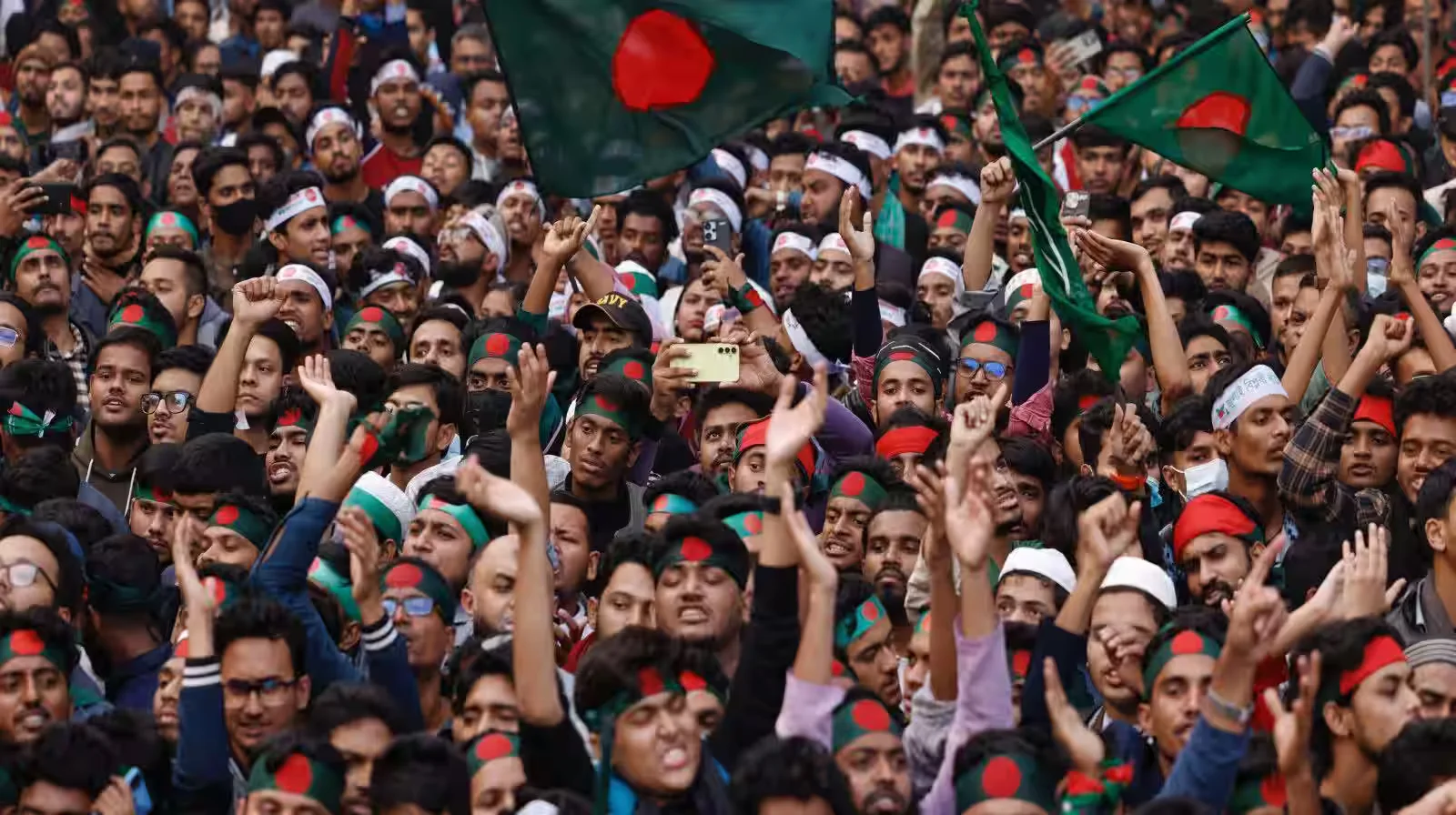The geopolitical landscape of South Asia is perpetually defined by intricate rivalries, historical grievances, and cross-border security challenges. The recent escalation of rhetoric and border clashes between Afghanistan’s Taliban-led administration and Pakistan, underscored by the persistent threat of the Tehreek-e-Taliban Pakistan (TTP), has thrust the region back into a state of acute volatility. Compounding this friction is the omnipresent shadow of India, which benefits from and actively encourages this instability.
The Unraveling of the Afghan-Pakistan Equilibrium
The central flashpoint remains the presence and operational freedom of the TTP in Afghanistan. For Pakistan, the demand is clear, fair, and non-negotiable: the dismantling of the TTP and concrete, written assurances that Afghan soil will not be used to launch attacks against Pakistan. These demands are framed not as violations of Afghan sovereignty, but as basic requirements of international law, self-defense, and adherence to global anti-terrorism mandates.
However, the response from elements within the Taliban administration, as highlighted by the statement issued by Afghanistan’s Minister of Tribal and Border Affairs, indicates a deepening cleavage in the relationship. This aggressive posturing by second-tier officials is highly counterproductive. It moves the discourse away from the fundamental issue of peace and security and instead plays into the hands of those who seek regional destabilization. The very officials who refuse to deliver tangible, concrete steps in peace talks are the ones escalating tensions through public, threatening remarks, suggesting an internal power struggle or a strategic refusal to compromise on the TTP sanctuary.
The failure to reach a successful conclusion in peace negotiations signifies a catastrophic breakdown of trust. The Taliban’s refusal to address the TTP threat directly, often arguing the TTP is an internal Pakistani matter or that they cannot expel their brothers, translates directly into escalating cross-border violence. This dynamic fuels apprehensions in Islamabad of a full-scale border militarization and the devastating potential for a proxy conflict, where the TTP is effectively weaponized by Afghan elements to keep Pakistan militarily and economically constrained.
India’s Strategy: Exploiting the Chaos
New Delhi is the primary beneficiary of the deepening Pakistan-Afghanistan rift. It thrives on regional chaos, backing the extremist Taliban regime not out of any genuine commitment to the Afghan people, but purely to keep Pakistan perpetually destabilized and distracted.
This strategy is rooted in a familiar geopolitical equation: the enemy of my enemy is my friend. While India has historically maintained an anti-Taliban stance and supported anti-Taliban groups in the past, its current engagement is viewed through a pragmatic, security-oriented lens. If the instability on Pakistan’s western border consumes Pakistani military and political capital, it inherently reduces the pressure on India’s eastern frontier (the Line of Control with Pakistan) and provides a strategic distraction.
The most damning part of the Pakistani narrative involves the double standard and selective blindness employed by India in the global discourse on terrorism. The irony is stark: India never misses an opportunity to brand Pakistan as a terror sponsor globally, yet it conveniently ignores overwhelming evidence, including UN and SIGAR reports, confirming that Afghanistan under Taliban control has become a haven for various militant groups.
This hypocrisy is not merely rhetorical; it is a critical instrument of foreign policy. By selectively condemning terrorism only when it impacts its own territory, and simultaneously nurturing ties, even indirectly, with actors providing safe havens to militants targeting its primary rival, India’s moral claims are significantly hollowed out. The strategy appears to be one of asymmetric engagement: leverage regional actors (even if they are ideologically opposed) to maintain pressure on Pakistan while simultaneously maintaining its international image as a victim of state-sponsored terrorism. This geopolitical maneuvering ensures that the regional security crisis is not solved, but rather maintained at a high, manageable simmer that serves India’s long-term strategic interests.
Sovereignty, Self-Defense, and the Path Forward
The escalating crisis is rapidly transforming from a domestic law-and-order challenge for Pakistan into a severe, multi-front sovereignty challenge. Pakistan’s position is grounded in the principle of self-defense: it cannot allow its citizens and soldiers to be subjected to externally exported terrorism. This stance justifies every necessary step to defend its borders and its people, signaling a clear escalation path, possibly involving unilateral action if the Taliban leadership fails to comply with core demands.
The continued refusal by Afghan officials to address the TTP issue meaningfully, coupled with their reckless rhetoric, pushes the region closer to a kinetic conflict. This is a tragedy for regional stability, as the only smiles it produces are, as the response lines suggest, in New Delhi, where the deepening tension is seen as a strategic success.
Ultimately, the path to stability requires Afghanistan to recognize that true sovereignty is not measured by bellicose statements, but by responsible statecraft and the control it exerts over non-state actors operating within its borders. Regional peace hinges on a commitment to international law and security norms, which currently dictates that the Taliban administration must dismantle the terrorist sanctuaries targeting Pakistan. Until this concrete step is taken, the volatile triangle will continue to generate instability, ensuring that the entire region pays the price for unresolved conflicts and calculated geopolitical exploitation. The stakes are too high for this conflict to remain unchecked; the risk is the regression of the entire region into a cycle of proxy violence and perpetual crisis.






